KUALA LUMPUR, Aug 19 — A Formula 1 (F1) comeback in Malaysia is not off the table, but it will not happen without serious funding, strategic planning and nationwide commitment, said Sepang International Circuit (SIC) chief executive officer Azhan Shafriman Hanif.
“Even if we plan this, it could be in the next three to five years. (It’s) because of the planning, because of the funding, and because of the coordination that we need to do within ministries and also corporate companies.
“But it can happen, I believe it can happen,” Azhan Shafriman told Bernama in an interview recently.
After joining the Formula 1 calendar in 1999, Malaysia last hosted an F1 Grand Prix in 2017. Since then, the sport has undergone a transformation, both in terms of global audience and commercial focus.
With the Netflix-fuelled resurgence of F1 fandom and the explosion of Asian sports tourism, Malaysia is suddenly back in the conversation.
But the question remains — is Malaysia ready to make the leap?
F1 cars take their position at Sepang International Circuit in 2017.
F1’s expansion in Asia is accelerating, with Thailand set to debut on the calendar in 2028 and Singapore continuing its popular night race.
“If that happens, we’re going to be stuck between Singapore and Thailand on the calendar,” Azhan Shafriman said, noting the geopolitical and commercial significance of regional positioning.
He said SIC stands ready to coordinate a potential comeback, acting as the bridge between government stakeholders and the Formula 1 management.
However, two major challenges persist, namely securing a slot in the tightly packed 24-race calendar and obtaining sufficient funding.
And that calendar is already full, with more countries waiting in line.
“We are still in discussions with them (F1), building trust. They want to come back here, but the questions are: who’s going to fund it and where do we fit in the calendar … there’s always that element of luck,” he said.
This means Malaysia is not only competing with Thailand and Singapore but with new and emerging bidders from around the globe.
Demand for a slot on the calendar is high, and Formula 1 is known to be strategic in choosing venues that maximise global exposure, sponsorship and logistical balance.
On the other hand, F1’s pivot to city-based street circuits such as those in Baku (Azerbaijan), and Miami and Las Vegas (the United States) presents an additional challenge.
“The direction that I see now, Formula 1 is moving towards street racing as compared to permanent circuits. But then again, for racing, Sepang makes sense because it is built for Formula 1,” said Azhan Shafriman.
He also noted that the last time Malaysia organised F1 events, the country paid associated fees — Formula One Management — of between US$50 million and US$55 million (around RM200 million) back in 2017.
“Now, through (the) Netflix (series) ‘Formula 1: Drive to Survive’ and the F1 movie, its popularity has increased,” he added.
With F1’s growing international fan base and commercial profile, Azhan Shafriman raised a critical point about affordability and fan expectations.
“Whether there is a slot which is open for us to come back is one question. But the public also needs to consider that ticket pricing will be expensive if they want Formula 1 to return,” he said, adding that the nature of F1 has always been associated with a premium price tag.
“Now or before, ticket prices have always been high for Formula 1. It has always been more expensive than MotoGP (the world’s premier motorcycle racing championship). And we’ve hosted both, we know the difference. A lot of people want Formula 1 to come back. But the real question is, when we sell the tickets, will there be any take-up?”


-加码-scaled.jpg)

-加码-scaled.jpg)





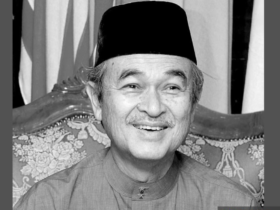

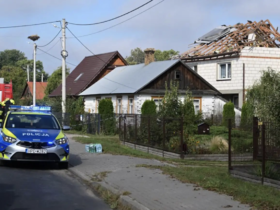

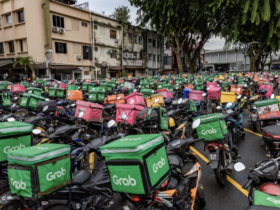
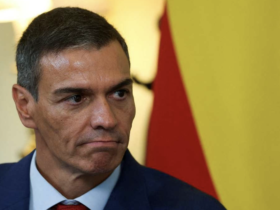
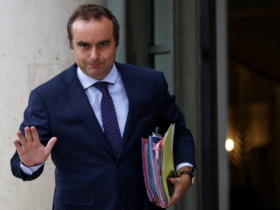

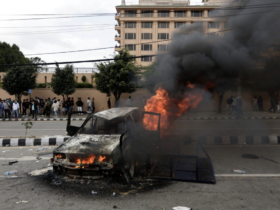

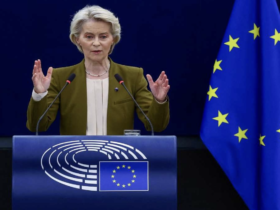


Leave a Reply